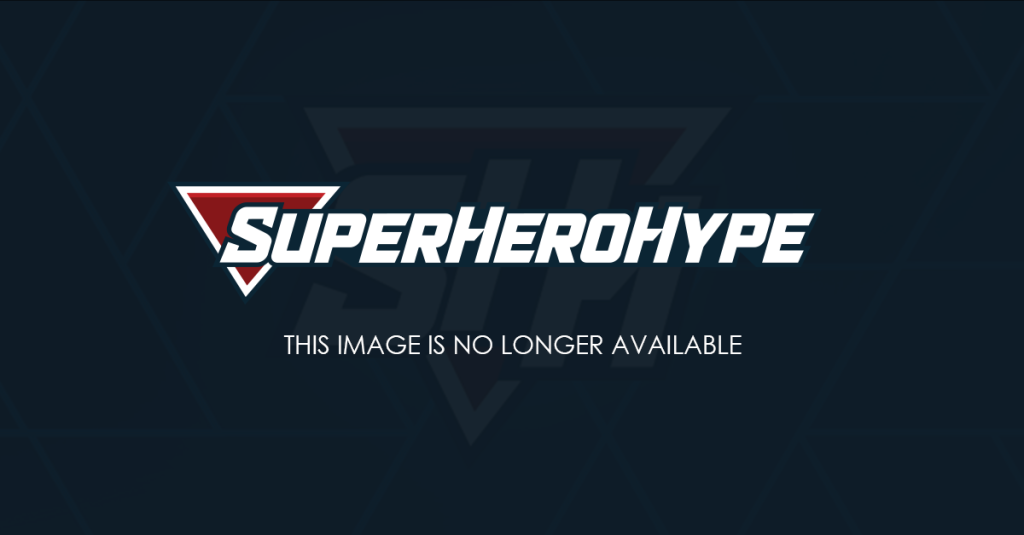
Despite Marvel’s recent poor run in terms of content quality, its upcoming slate of projects has fans excited to the…

Guardians of the Galaxy alum Zoe Saldaña is ready to move on from the Marvel Cinematic Universe. The actor recently…

James Gunn has confirmed that the highly anticipated Superman (2025) trailer is on the horizon, teasing fans with its imminent…

The release date for Marvel Studios’ much-anticipated series Daredevil: Born Again, which stars Charlie Cox as the masked vigilante, has…

Jenna Ortega is rumored to be in talks for a new role in the Marvel Cinematic Universe (MCU), following her…










